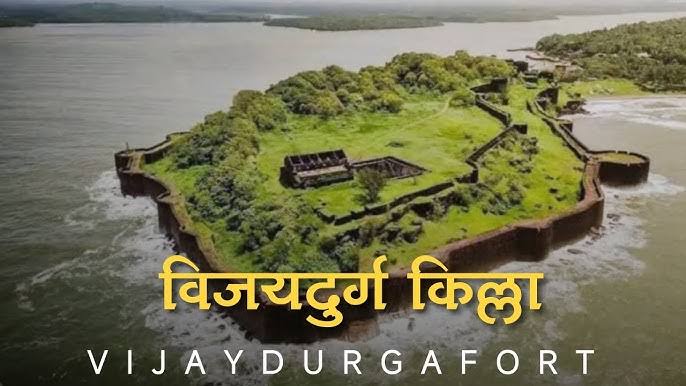Historic Recognition at UNESCO
Vijaydurg Fort, a coastal sentinel of Chhatrapati Shivaji Maharaj’s naval genius, has officially been inscribed on the UNESCO World Heritage List. The announcement came during the 47th session of the World Heritage Committee in Paris, marking a proud moment for Maharashtra and India’s maritime legacy.
Key Highlights of the Announcement
-
- Vijaydurg is one of 12 Maratha forts recognized under the ‘Maratha Military Landscapes of India’ nomination.
-
- The fort’s strategic location at the mouth of the Vaghotan River made it a formidable naval base.
-
- Its triple-layered walls and 27 sea-facing bastions exemplify Shivaji Maharaj’s unmatched defense planning.
Scientific Legacy Etched in Stone
-
- In 1898, French astronomers Pierre Janssen and Joseph Norman Lockyer used Vijaydurg as an observation site during a solar eclipse.
-
- Their experiments led to the discovery of helium, earning the fort the title “birthplace of helium.”
-
- Today, scientists from India’s Atomic Research Centre still visit the site with reverence.
Cultural and Architectural Significance
-
- The fort features a submerged stone wall designed to sink enemy ships.
-
- Its robust construction and ingenious design continue to fascinate historians and divers alike.
-
- Local communities celebrate the recognition as a tribute to Shivaji Maharaj’s vision and maritime foresight.
Impact of UNESCO Status
-
- The designation is expected to boost tourism and conservation efforts.
-
- It reinforces Maharashtra’s rich heritage and global relevance in both history and science.
Sources: Moneycontrol, The Hindu, Daily Pioneer, Organiser, Hindu Existence

